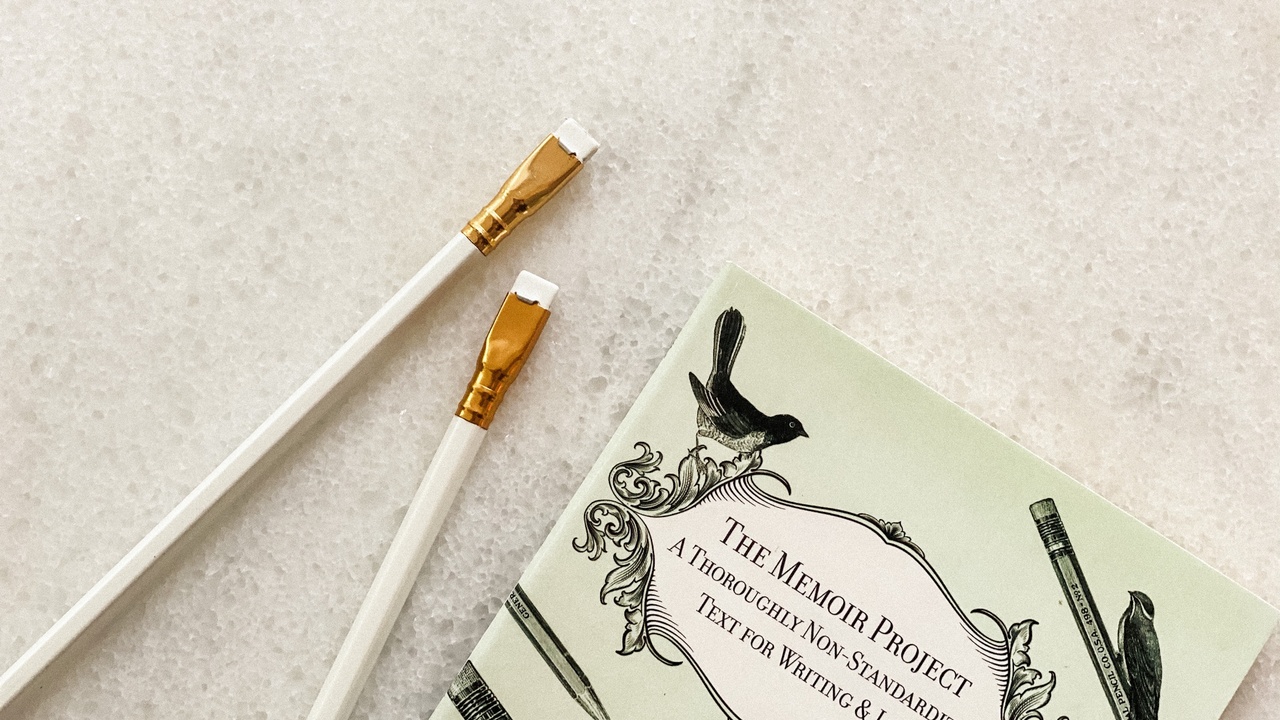How to Write Memoir

One of the most common hazards you may face as a writer of memoir is the temptation to write your story as if it’s a daily journal entry. When we sat down with memoirist and writing coach Marion Roach Smith, she reminded us that a memoir is not a diary, and recommended we consider the needs of our reader before we begin to write our story.
As writers who lay bare the raw material of our own lives for public consumption, memoirists face a distinct challenge when it comes to deciding how to structure our work. Unlike fiction, where the plot may be shifted and shaped to suit the story, when writing about real life events, you must consider both the truth of the narrative and the needs of the reader.
1. Focus on the Reader
Memoir: a record of a record of events written by a person having intimate knowledge of them and based on personal observation. (dictionary.com)
Marion would likely take issue with this over-simplification of memoir. She defines memoir for the students in her online writing classes more specifically, stating, “Memoir is not about you. It’s not about what you did. Memoir is about what you did with it.” Your story is the illustration, but the theme of the work must be universal enough to appeal to readers.

2. Use a Proven Formula
If a memoir isn’t a recitation of chronological events, how do you determine the form your story should take?
As a memoirist herself, Marion has developed an algorithm by which she structures her personal stories. In her interview with hope*writers, she teaches this algorithm to help us begin to shape our own work.
She explains, “It’s about X, as illustrated by Y, to be told in a Z.” X represents what the story is about, Y represents the author’s personal story, and Z stands for the format in which it will be written. Not all stories are meant to be a book. Some will serve the reader better as a blog post, a short story, or a long-form essay. It’s important for the nonfiction writer to know the best form for their story to take in order to most effectively reach readers.
3. Take a Fresh Perspective
Once you determine the universal appeal of your theme and the ideal format for your story, you can begin to decide how the events of your life will best illustrate it. Marion suggests either exploring an entirely unknown topic — she wrote about her mother’s Alzheimer's diagnosis before Alzheimer’s was a household name — or taking a fresh perspective on an old topic.
In order to publish a book, you should provide a unique spin when writing about a familiar topic. This is how personal stories featuring a writer’s individual worldview can succeed in publishing.

4. Narrow Your Focus
Within Marion’s formula, defining your illustrations is a key component to success. She also recommends writing from a single area of expertise at a time.
If you are an experienced parent, an accomplished cook, and a master gardener — first of all, go you! — but you must decide which area of expertise best illustrates the story you want to tell. Narrowing your focus to this particular area, however small, is critical to the structure of your story. Too many details and multiple areas of focus in a story are often band-aids for poor structure.
By focusing on a single area of expertise, using the XYZ algorithm, and exploring universal themes through personal illustrations, you can make sure your work is ready to find its way to a reader. In our conversation, Marion offers writers hope by telling us she receives books every week in her mailbox from former students who applied her teachings, wrote their stories, and found the reader who needed them.
Want to learn more about how to write memoir? Click here for free access to our full hour-long conversation with Marion Roach Smith and take one step toward balancing the art of writing with the business of publishing.

